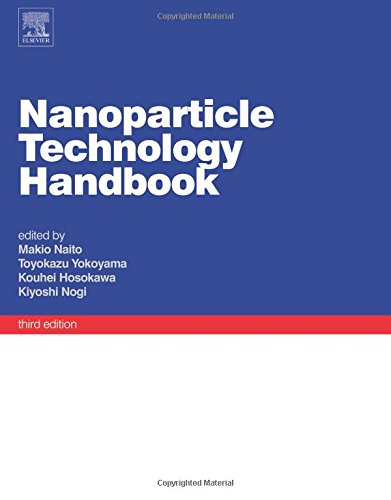

Most ebook files are in PDF format, so you can easily read them using various software such as Foxit Reader or directly on the Google Chrome browser.
Some ebook files are released by publishers in other formats such as .awz, .mobi, .epub, .fb2, etc. You may need to install specific software to read these formats on mobile/PC, such as Calibre.
Please read the tutorial at this link: https://ebookbell.com/faq
We offer FREE conversion to the popular formats you request; however, this may take some time. Therefore, right after payment, please email us, and we will try to provide the service as quickly as possible.
For some exceptional file formats or broken links (if any), please refrain from opening any disputes. Instead, email us first, and we will try to assist within a maximum of 6 hours.
EbookBell Team

4.7
96 reviewsNanoparticle Technology Handbook, Third Edition, is an updated and expanded authoritative reference providing both the theory behind nanoparticles and the practical applications of nanotechnology. This third edition features twenty new chapters, providing a reference much broader in scope than the previous edition. Over 140 experts in nanotechnology and/or particle technology contributed to this new edition. The book not only includes the theory behind nanoparticles, but also the practical applications of nanotechnology. It examines future possibilities and new innovations and contains important knowledge on nanoparticle characterization and the effect of nanoparticles on the environment and humans.
Nanoparticle technology is a new and revolutionary technology, which is increasingly used in electronic devices and nanomaterials. It handles the preparation, processing, application and characterization of nanoparticles and has become the core of nanotechnology as an extension of conventional fine particle/powder technology. Nanoparticle technology plays an important role in the implementation of nanotechnology in many engineering and industrial fields, including electronic devices, advanced ceramics, new batteries, engineered catalysts, functional paint and ink, drug delivery system, biotechnology, etc., making use of the unique properties of nanoparticles, which are completely different from those of bulk materials.